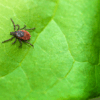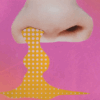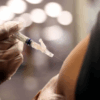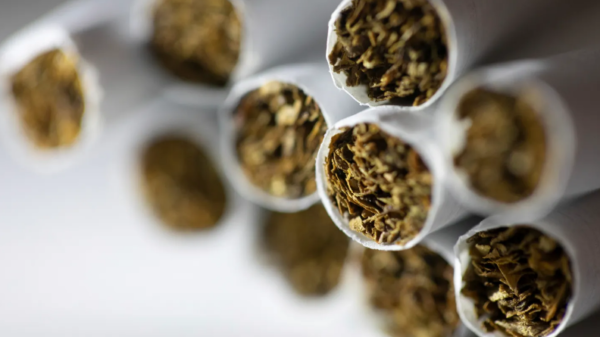A new wave of pimple patches is taking the beauty and skincare world by storm, offering not just a solution for breakouts but also a bold fashion statement. Gone are the days of meticulously blending concealer to hide blemishes—today, acne stickers come in eye-catching shapes and colors, from bright yellow stars to purple butterflies.
While some opt for these playful designs, others prefer skin-tone-matching patches that discreetly blend into the complexion. But beyond their aesthetic appeal, these stickers are backed by scientific advancements that help treat acne while preventing further irritation.
How Pimple Patches Work
The technology behind these acne patches is rooted in hydrocolloid, a gel-forming material that has been used in wound care since the 1980s. According to Dr. Danilo C. Del Campo, a dermatologist at the Chicago Skin Clinic, hydrocolloid absorbs excess fluid from a pimple without sticking to the wound, creating an ideal healing environment.
However, modern acne patches go beyond simple wound protection. Dr. Hope Mitchell, founder of Mitchell Dermatology, explains that many newer formulations include active ingredients such as:
- Salicylic acid, which unclogs pores and reduces redness
- Niacinamide, which strengthens the skin barrier and soothes inflammation
- Tea tree oil, known for its antibacterial properties
- Micro-darts, which help deliver ingredients deeper into the skin for enhanced effectiveness
Do They Really Work?
A recent 2024 study published in the Journal of the American Academy of Dermatology (sponsored by Johnson & Johnson) found that acne patches can significantly reduce pimple size, texture, and redness within one to four days.
By covering blemishes, the patches also discourage picking, squeezing, or popping pimples, which can lead to infection and scarring. “They work particularly well for pus-filled pimples or inflamed breakouts,” says Dr. Joshua Zeichner, a dermatology professor at Mount Sinai Hospital.
However, not all acne types respond equally. While effective for surface-level blemishes, patches are less useful for deep, cystic acne or blackheads, says Dr. Del Campo.
How to Use Them for Best Results
For maximum effectiveness, dermatologists recommend:
- Applying on clean, dry skin before bed or for six to 12 hours during the day.
- Taking breaks between applications to let the skin breathe.
- Layering with acne treatments like benzoyl peroxide or salicylic acid for added benefits—though those with sensitive skin should use pure hydrocolloid patches to avoid irritation.
A Skincare Trend Here to Stay
Pimple patches have become a go-to solution for those looking to manage breakouts without makeup or harsh treatments. But experts warn they are a short-term fix rather than a cure.
“They’re like a game of Whac-A-Mole—more reactive than proactive,” says Dr. Pooja Rambhia, a cosmetic dermatologist at UnionDerm. “They work best alongside a full acne treatment plan tailored to your skin.”
For now, whether worn proudly as a fashion statement or discreetly as an overnight treatment, acne patches are proving to be both effective and stylish—and they aren’t going away anytime soon.








































